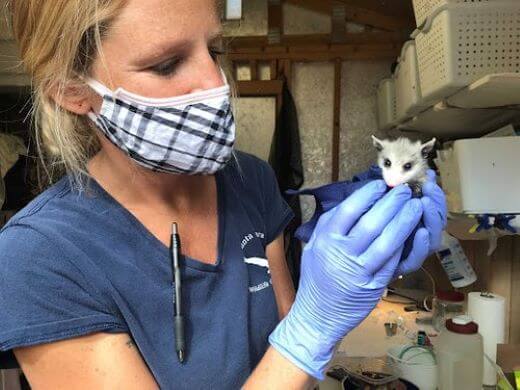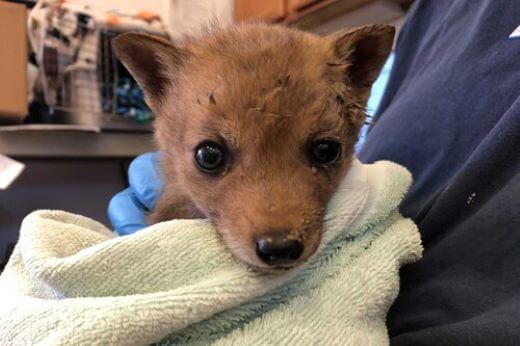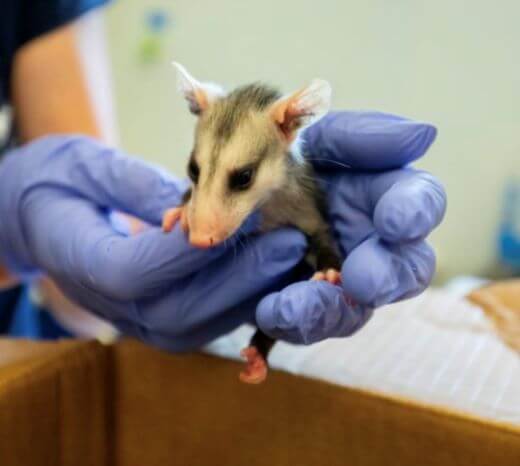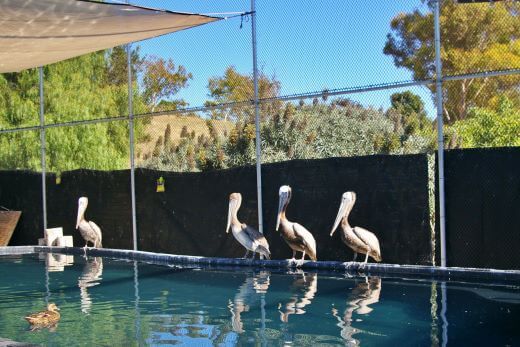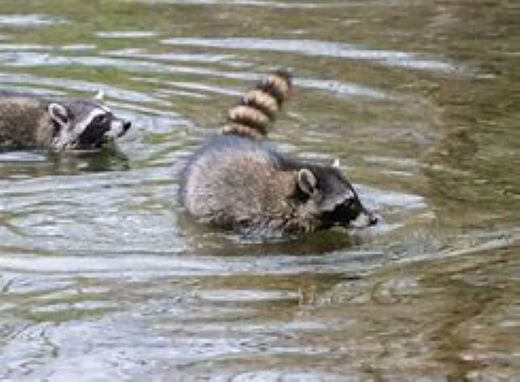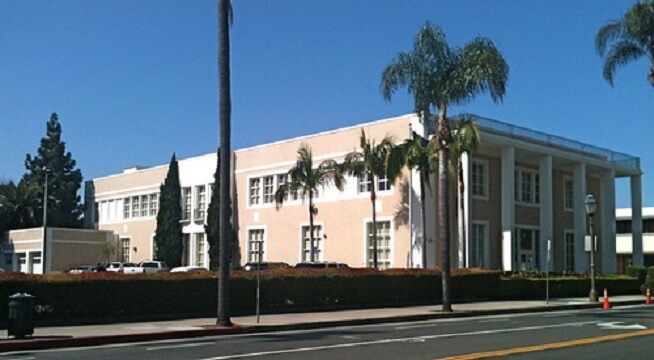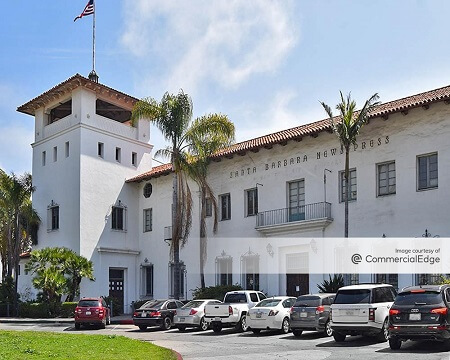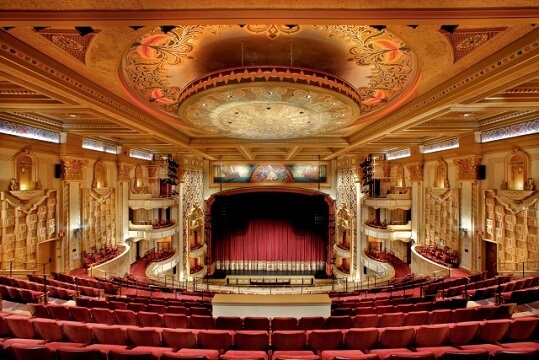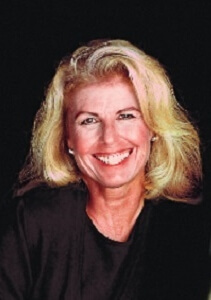
The Wendy P. McCaw Foundation has been the major supporter of the Whale Sanctuary Project since 2017. Her work reaches far and wide and protects animals of many species.
Wendy McCaw’s concern for captive whales dates back to the 1990s, when she took up the cause of Keiko, the famous Free Willy orca, and made it possible for him to return to his home waters.
Keiko had been captured from his family in the Icelandic Ocean in 1979 and put on display at an aquarium. From there, he was sold to Marineland Canada and then to the Reina Aventura amusement park in Mexico City where he was housed in a small, shallow tank. In 1993, when he became the star of the movie Free Willy, tens of thousands of children who saw the film wrote letters pleading for him to be returned to the ocean.
But it would take an angel donor to make this possible. And it was Wendy McCaw and her then-husband Craig McCaw who stepped forward to take that role.
Wendy and Craig had met during their sophomore year at Stanford University. After they married in 1974, they grew McCaw Communications into McCaw Cellular, eventually selling the company to AT&T in 1994.
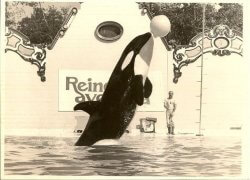 “I was appalled by what I read in the press about Keiko’s treatment and his horrible situation,” Wendy says. “And I talked Craig into ‘doing something’ about Keiko’s situation.”
“I was appalled by what I read in the press about Keiko’s treatment and his horrible situation,” Wendy says. “And I talked Craig into ‘doing something’ about Keiko’s situation.”
And so it was that Keiko found himself on a plane to Newport, Oregon, to a specially built facility at the Oregon Coast Aquarium, courtesy of the Craig O. and Wendy P. McCaw Foundation.
Keiko then began a two-year rehab program to build up his muscles, clear his skin infections, restore his overall health, and practice for the long flight to his home waters in Iceland.
“I visited Keiko in Mexico City before he was moved to Oregon,” Wendy recalls. “I was in the ‘chase plane’ when he was flown to Oregon, and it was a thrill to be in Vestmannaeyjer, Iceland, when Keiko arrived from Oregon and was placed into his sea pen.”
A deeply held philosophy rooted in respect for all living creatures and an appreciation of the roots and values that hold a community together.When she talks about Keiko and other animals, Wendy uses the words “fairness” and “respect” frequently. “Being held captive after having been taken from their families in the wild is unfair and isn’t right. These animals were not given a choice.” She calls appreciation, respect and fairness the cornerstones of her Foundation’s grant-making.
And that’s why she was “more than interested” when Charles Vinick, Executive Director of the Whale Sanctuary Project, approached her about creating a whale sanctuary.
“The idea was exciting for me,” she says, “because of the unfairness with which whales and other sea creatures are held in captivity for the enjoyment of audiences. I think it is becoming more unpopular as people get more of an understanding about what it means for the animals to be imprisoned.”
Creatures great and small
Wendy’s animal causes reach far and wide, spanning the spectrum from wildlife conservation to companion animal care; from rescuing wild burros to protection of the forests; and from supporting major national programs to funding smaller local rescue groups.
One of those local efforts is the Santa Barbara Wildlife Care Network. We wanted to ask their executive director, Ariana Katovich, about their work, and on the day we spoke, it turned out they were just starting to move into their new wildlife hospital. “Just in time for the baby bunny season!” Ariana said with noticeable relief.
Wendy had played a significant role in making the hospital possible. “She’s a long-time supporter of our work,” Ariana told us. “She’s been instrumental throughout our history.”
For Ariana, it’s the combination of staff, volunteers, donors and citizen rescuers that makes it all work and makes her hopeful for the future.
“That’s what’s inspiring to me about Wendy,” she added. “Her commitment and her work to champion and care for animals is so broad. And it’s connected to so many efforts. It’s how we’ve made such progress here. We now care for between four thousand and five thousand animals a year. And that’s from more than 220 species.”
At home, Wendy lives with a 26-year-old burro, Watson, whom she adopted, along with his companion Eli, from the Bureau of Land Management when the two were living in a holding pen. Eli passed away a few months ago, but Watson has a new friend in the form of a nine-year-old adopted hinny.
Historic buildings – the soul of a city
Along with her passion for animals, Wendy has a deep concern for the human environment – especially for historic buildings. “When an historic building is destroyed,” she says, “so goes a piece of that city’s soul.” Her foundation has supported the rehabilitation of many buildings, including the Santa Barbara Bowl, the Folger Estate Stable in nearby Woodside, the former I. Magnin building (a testament to contemporary 1940’s architecture), and the Granada Theatre, an anchor for the historic cultural district and a stunning example of Santa Barbara’s history, its architecture and traditions.
Wendy’s concern for these cultural icons was also one of the reasons she purchased the Santa Barbara News Press from the New York Times. The downtown building, which is the paper’s original structure, had been built by George Washington Smith in 1922, and thanks to her work on it, it has now been deemed a “City Landmark” by the City of Santa Barbara.
The other reason for buying it was to bring local news back to Santa Barbara. “It was not focusing on the local news,” she says.
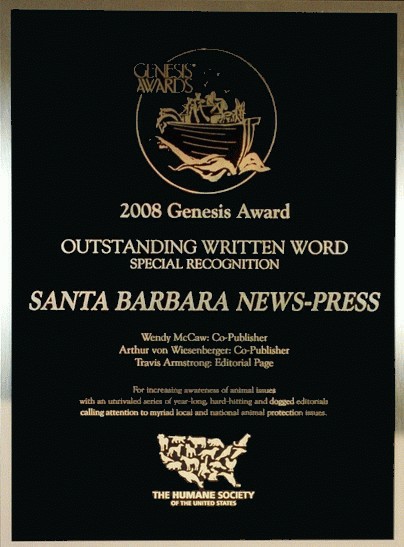
The newspaper has twice been honored by the annual Genesis Awards, which feature people in the news and entertainment media who have significantly raised public awareness of animal issues.
In 2005, the News Press received the award for Outstanding Newspaper Editorials, citing “an unrivalled collection of 44 insightful, timely and reasoned editorials, exploring an array of significant animal issues in need of public attention and effecting change in the process.” And in 2008, the writers at the newspaper received Special Recognition for Outstanding Written Word.
A deeply held philosophy
At first blush, the newspaper, the historic buildings and the protection of animals may seem to be disparate interests. But when you put the pieces together – animals, wildlife, the environment, the human environment and its historic buildings, local news and the local community – you see the key elements of a deeply-held philosophy that is conservative in the true meaning of the word: rooted in respect for all living creatures, fairness toward all animals, a passion for the conservation of life, and an appreciation of the roots and values that hold a community together.
“Our fellow animals are equally rooted in their communities,” she says. “They are held together in the web of life that sustains us all.”
Critical to that web of life are the keystone species – wolves, bears, mountain lions, coyotes, orcas and others – who have historically been given bad press and short shrift.
“They have not been treated fairly, their importance is not respected, and in many cases, they are still being persecuted. Everything flows from these creatures; without them other species would not exist. This is not only unfair; it’s not right. What motivates people to kill for sport or to kill because they don’t like a certain species? Where is the respect for all living creatures?”
How to change this mentality? Her answer is straightforward: “Educate future generations that all life is sacred, and to respect all life.” In the case of the whale sanctuary, it’s the vision of a world in which all ocean-going creatures are treated with respect and are no longer confined to concrete tanks in entertainment parks and aquariums.
